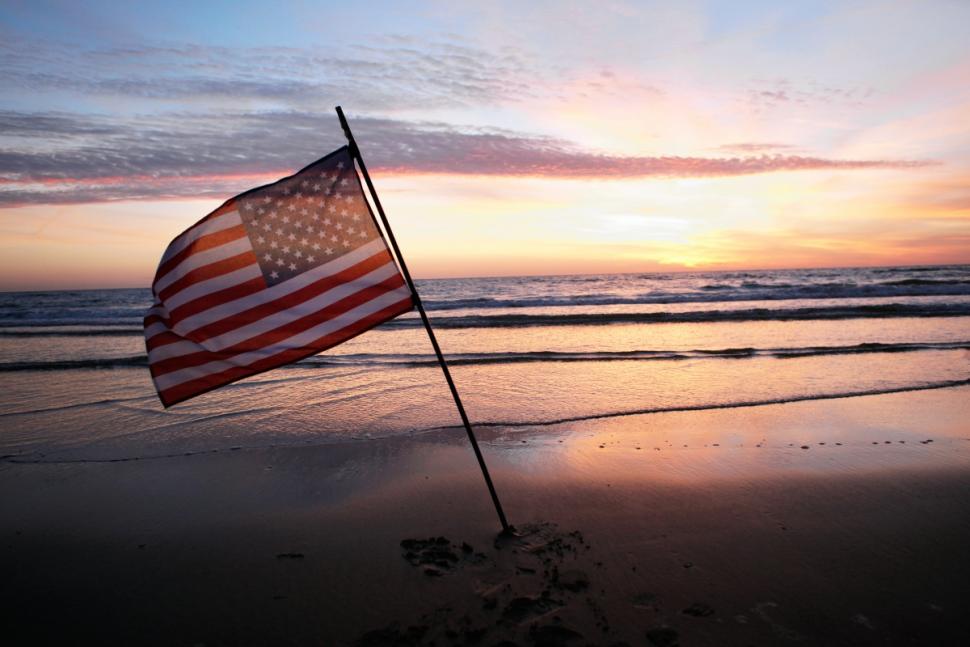We’ll concede, it’s not particularly pleasant to ponder.
Though nearly everyone who’s spent time at the Tween Waters Inn has strolled the beach alongside the Gulf of Mexico, there’s an excellent chance that water safety wasn’t their primary thought.
But, given some tragedies within range of the resort this summer, it’s a necessary one.
A 39-year-old man drowned about 15 yards off shore in the water off Blind Pass Beach – just 2.1 miles down Captiva Drive from TWI – in late July, only days after a 46-year-old man had died not far from the same spot after rescuing his young daughter from the water.
Another man succumbed in July at Turner Beach, just across the channel from Blind Pass.
In their aftermath, it’s high time for a refresher course on waterside threats.

These are rip currents.
Rip currents can be created when waves move from deep to shallow water, break near the shoreline and are influenced by the shape of the Gulf floor. Short-lived rip currents can also develop when waves interact with one another.
The National Oceanic and Atmospheric Administration says about 100 people drown in rip currents annually, while lifeguards rescue another 30,000 or so swimmers from them each year.

The current speed is influenced by the size of the waves, but waves only 2 feet high can still produce hazards. And, perhaps surprisingly, rip currents are strongest at low tide. Also worth noting, the shape of the ocean bottom sometimes changes during storms or when waves are particularly big – meaning it may suddenly have an ideal shape for creating unpredictable currents where there were none.
Also, many people incorrectly use the phrases “rip current” and “undertow” interchangeably.
Rip currents, however, are much more dangerous because they flow on the surface of the water, can be very strong and can extend some distance from the shore. Meanwhile, an undertow occurs when water sinks back downhill into the sea after a wave has carried it uphill onto the beach. Undertows are typically not powerful unless there’s a steep incline, but if the tide is high, the wave is large, and the beach slopes sharply downhill, the undertow could be strong enough to knock you down.
The good news, it won’t carry you far — perhaps just enough to get smacked by the next big wave.
Tides are caused by the gravitational pull of the moon on the whole ocean. Rip currents, on the other hand, are a purely local effect. You can usually see the signs of a rip current. Often there is an area on the beach where the waves are not breaking, but instead you see sandy water or the white foam of a current headed back out to sea.
The best way to survive a rip current is to stay afloat and yell for help. Don’t panic. Continue to breathe, keep your head above water, and don’t exhaust yourself fighting the current.
You can also swim parallel to the shore to escape it. This allows more time for you to be rescued or to swim back to shore. Rip currents usually break up just beyond the line of breaking waves, but occasionally someone can be pushed hundreds of yards offshore.
The scenery is mesmerizing, yet the dangers are real.
So the advice is pertinent.
Enjoy our beautiful resort… but let’s be careful out there.




